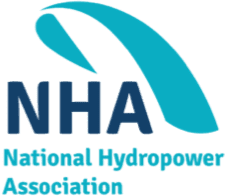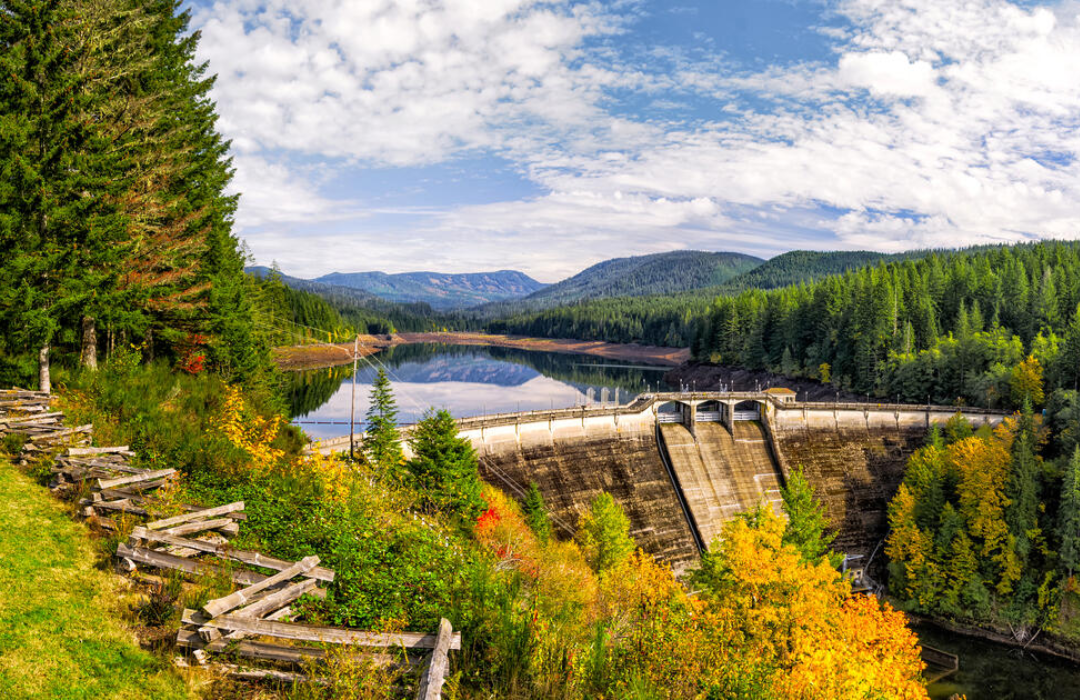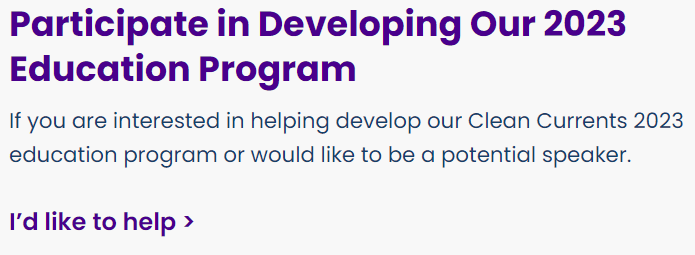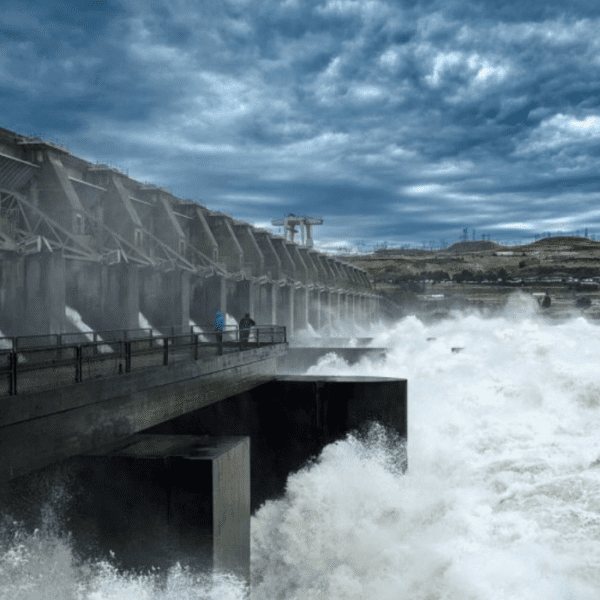With the advent of the new year, the National Hydropower Association (NHA) reviewed the statistics behind its POWERHOUSE media platform to share with readers the most read articles of 2022.
If you missed an article, or you just started reading POWERHOUSE, learning about what readers found valuable speaks to the mission of this media platform; namely, informing the waterpower community of the most important insights for the sector.
Whether the articles explored the fine details of the Inflation Reduction Act or provided a look into the content of NHA’s “for the industry, by the industry” Clean Currents, POWERHOUSE was there to communicate the significance of these important events.
By following POWERHOUSE, readers can stay abreast of the events, people, project developments, and policy shaping waterpower; bookmark the URL: www.hydro.org/powerhouse
Here’s the countdown of the most-read articles of 2022, starting with No. 5.
5. FINDING THE FUTURE HYDROPOWER WORKFORCE
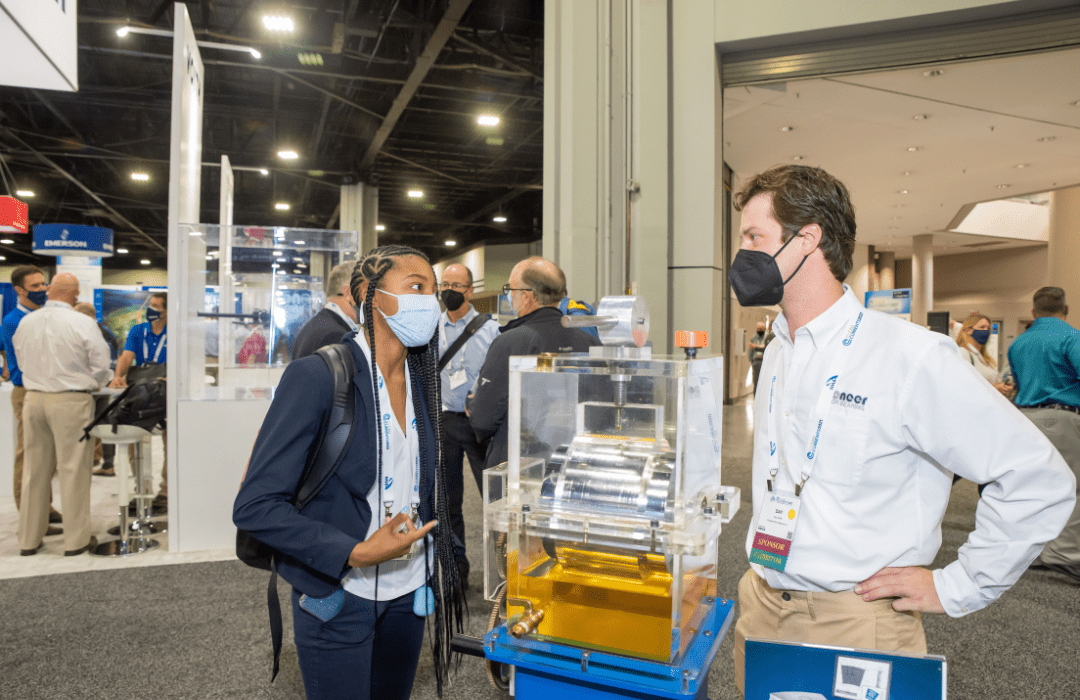
While hydropower has a critical role to play in a carbon pollution free future, the hydro industry is facing several challenges when it comes to workforce. With a quarter of the active hydropower workforce eligible for retirement within the next decade, coupled with the reality that less than 10% of college students are prepared for careers in the field, the industry needs to nurture the next generation of workers.
Competitions like the Hydropower Collegiate Competition, which was created by the U.S. Department of Energy’s Water Power Technologies Office and National Renewable Energy Laboratory, in partnership with the Hydropower Foundation, aims to engage college students to help develop the highly skilled professionals that will be needed in the future.
By providing unique, hands-on experiences, hydropower competitions provide students with industry connections while tackling some of the current challenges facing the industry. Readers can contribute to the success of these competitions by reaching out to the college, university, and/or trade school they attended to ensure that professors and student relations staff are made aware of the competitions.
The hydropower competition, along with the Marine Energy Collegiate Competition, will be culminating at Waterpower Week 2023, where industry will have a chance to meet about 150 students from 30 universities. Check the following list to see if your alma mater is one of the following:
California Polytechnic State University
California State University Fresno
California State University San Marcos
Columbia University
Cornell University
Endicott College
Instituto Superior Tecnico
Manhattan College
Michigan Technological University
North Carolina Agricultural & Technical State University
Northern Arizona University
Oakland University
Oregon State University
Pennsylvania State University
Purdue University
Stevens Institute of Technology
Texas Tech University
University of California Merced
University of California Riverside
University of Houston
University of Massachusetts Dartmouth
University of Michigan
University of New Hampshire
University of North Carolina
University of Virginia
Virginia Polytechnic Institute and State University
Webb Institute
Yale University
Texas A&M University
4. NEW HYDROPOWER PRIZE FOCUSES ON GRID RESILIENCY

HydroFlex, the first place H20s team, led by Masood Parvania at the University of Utah and Grid Elevated
With the mix of power resources used to meet the electricity needs of the United States quickly changing, as well as an increase in extreme weather events, ensuring the reliability of the grid is a critical focus of the clean energy transition. Hydropower’s role in improving grid reliability, resiliency, and overall performance is essential as the United States works to decarbonize the power grid by 2035.
To better understand, enable, and improve hydropower’s contributions, the Department of Energy launched the Hydropower Optimization (H20s) Prize in April of 2022. Administered by the Water Power Technologies Office, the competition encourages multidisciplinary teams to help solve some of the near-term challenges facing the clean energy transition by improving the performance of hydropower systems operations.
Furthermore, the competition seeks solutions to address key hydropower technology development goals, such as: the benefits of hydropower, water operations feasibility, and unique, innovative, and flexible solutions that apply to a variety of facilities.
The winners of the competition were just announced, and first place was awarded to HydroFlex, led by Masood Parvania at the University of Utah and Grid Elevated. The two runner up winners were also announced, and they are: MST_power, led by Rui Bo at the Missouri University of Science and Technology and Vassar Labs Inc., led by Laxmiprasad Putta.
3. CLEAN CURRENTS 2022 CONFERENCE PROGRAM JUST RELEASED – INCLUDES SOMETHING FOR EVERYONE
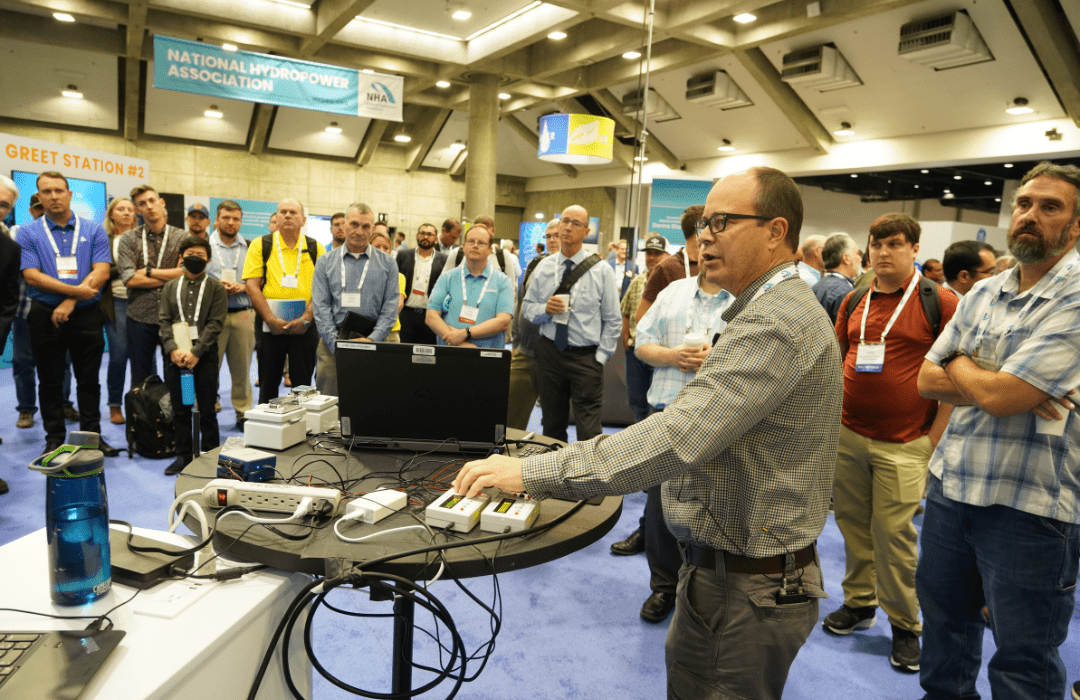
Clean Currents 2022 took place in Sacramento, California, this past October. As the definitive “for the industry, by the industry” waterpower conference, the event drew over 1,500 attendees to the Safe Credit Union Convention Center in downtown Sacramento.
Featuring on topic sessions, workshops, and hands-on learning opportunities, Clean Currents 2022 strove to provide attendees with new actionable skills, helpful connections, and a first look at waterpower industry innovations.
Designed with engagement in mind, Clean Currents 2022’s programming aimed to equip both the technical- and business-focused aspects of the waterpower industry with content that covered a wide swath of interests, such as: dam safety, innovation, developing new projects, engineering, environmental protection, licensing, management, and pumped storage.
By offering sessions germane to meeting daily challenges while instilling best practices, ensuring a balanced program for all attendees, and presenting information in various formats for a wide variety of learners, Clean Currents is the industry’s go-to event for professional development and continuing education. All proceeds from Clean Currents are used to help fund NHA’s work securing hydropower’s place as a climate-friendly, renewable, and reliable energy source.
Designed with engagement in mind, Clean Currents 2022’s programming aimed to equip both the technical and business focused aspects of the waterpower industry with content that covered a wide swath of interests, such as: dam safety, innovation, developing new projects, engineering, environmental protection, licensing, management, and pumped storage.
Clean Currents 2023 will take place in Cincinnati, Ohio, from October 10-13, and exhibitor and sponsorship opportunities are still available. The event’s host utilities are AMP Public Power Partners, the City of Hamilton in Butler County, Ohio, and Duke Energy. Content development for the 2023 event will be starting soon and a call for content will be released shortly. If you are interested in helping pull together the program, volunteer by filling out this form on the Clean Currents’ site.
2. UNPACKING THE INFLATION REDUCTION ACT: WHAT’S IN IT FOR WATERPOWER?
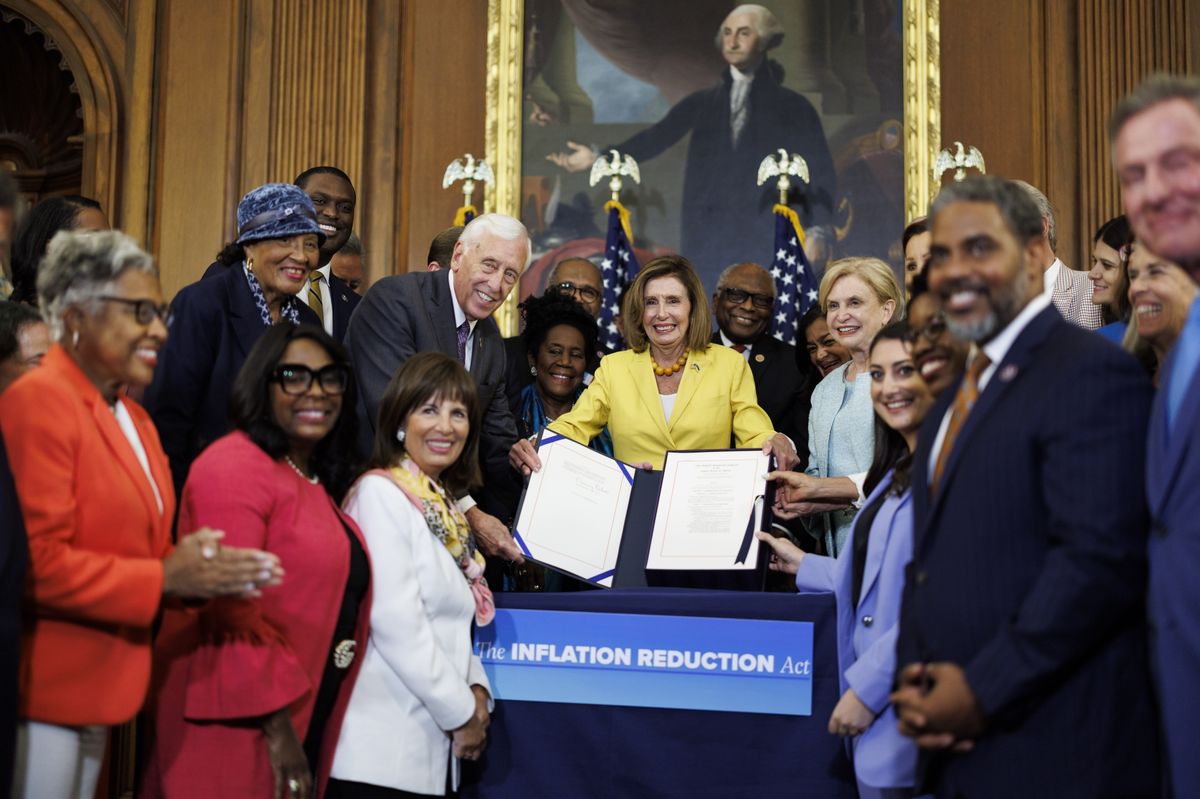
On August 12, 2022, the U.S. House of Representatives passed the Inflation Reduction Act, the nation’s most significant climate legislation to date. With the potential to transform the U.S. electricity landscape, the significant role of waterpower in accelerating the transition to a more reliable clean energy grid was recognized.
With $369 billion in tax credits for the nation’s energy sector, several of NHA’s longstanding tax priorities were included in the package:
- Providing investment certainty for capacity upgrades at existing hydropower facilities, retrofits of non-powered dams with hydropower generation, and new marine energy and hydrokinetic generation by creating investment tax credit (ITC) / production tax credit (PTC) framework for these projects.
- Incentivizing the development of new pumped storage facilities through the creation of a 10-year technology-neutral energy storage investment tax credit.
- Maximizing the benefits of the aforementioned tax provisions through direct pay for non-taxed entities, like co-ops and public power, and transferability for taxed entities, like investor-owned utilities.
The article goes on to more fully analyze the key waterpower provisions contained within the Inflation Reduction Act.
NHA recently published a follow-up guide to assist readers in understanding the differences between the Bipartisan Infrastructure Law and Inflation Reduction Act. Much of NHA’s upcoming policy conference, Waterpower Week in Washington, May 8-10, 2023, will focus on how to obtain the funding and tax credits authorized by these laws. Registration for this event opens this week; to register, click here.
1. ADDING 280 MW OF NEW HYDROPOWER BY UPGRADING AN EXISTING PLANT
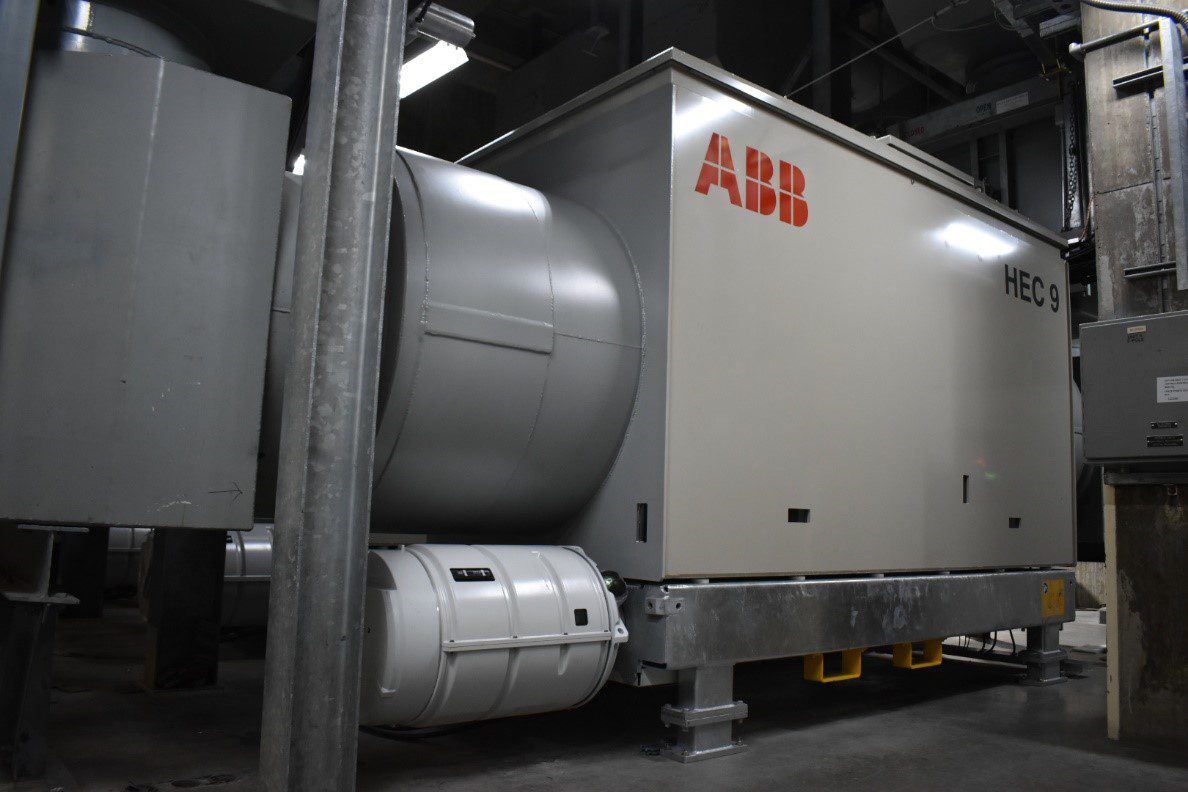
All four Bad Creek generator circuit breakers were upgraded from air blast design to SF6 to handle the additional capability and increased cycling of the units.
The most read POWERHOUSE article of 2022 covered Duke Energy’s upgrade of the Bad Creek Hydro Station in Salem, South Carolina. After upgrading completes in 2023, the station will have a capacity rating of approximately 1,640 MW, which will make it one of the largest pumped storage hydropower stations in the United States.
Bad Creek serves as a good example of a utility opting to upgrade units instead of performing major maintenance. By upgrading, Duke Energy chose an incremental cost of upgrading units, gaining an increase in capacity equivalent to an entire additional generating unit.
Pumped storage hydropower, which saw increased attention in 2022, has an unprecedented amount of momentum behind it, and it is quickly becoming an integral component of the long duration storage dialogue. Through the utilization of the Investment Tax Credits created by the Inflation Reduction Act, long duration storage is well-positioned to experience significant developmental growth while bolstering other renewables.
In a world where providing clean, dispatchable electricity grows more pressing by the day, the reduction in development costs for pumped-storage hydropower enables this critical need.

